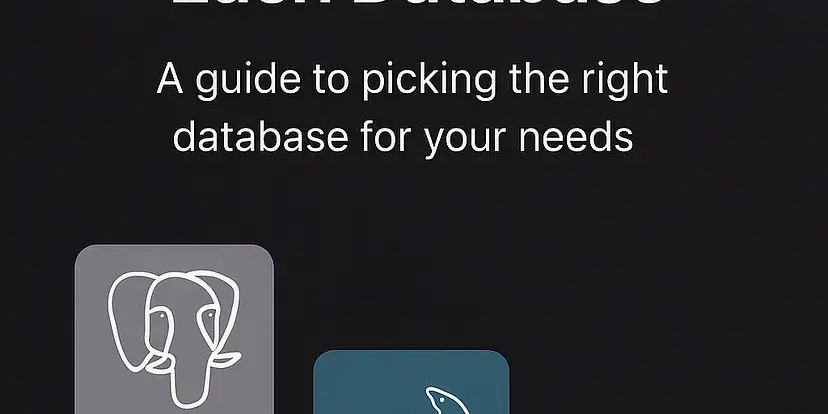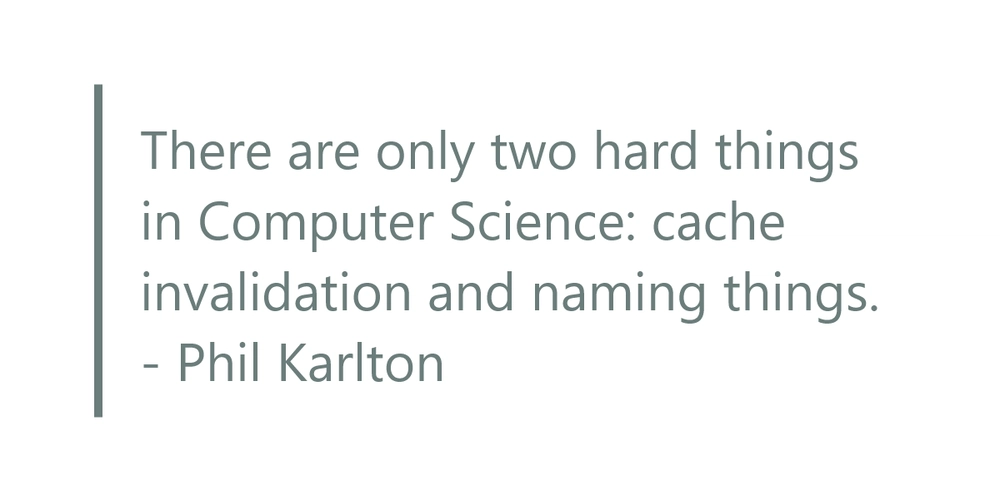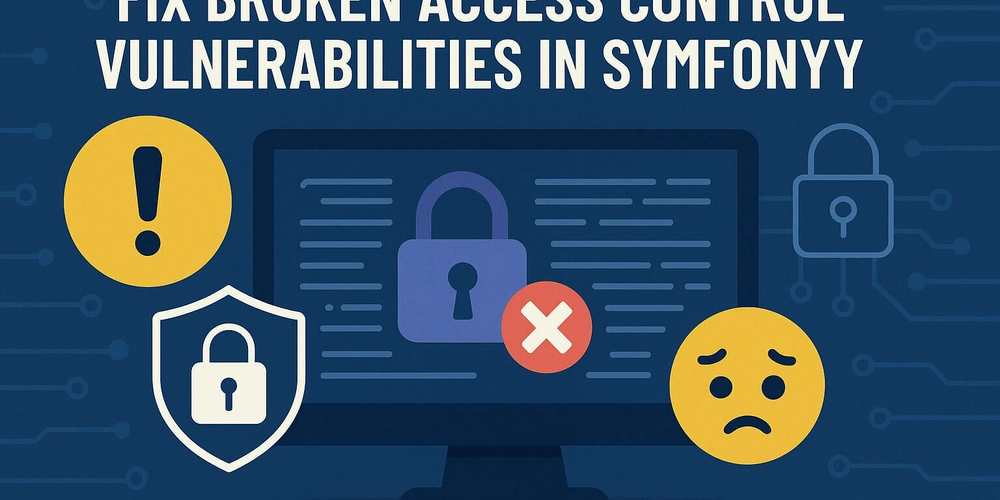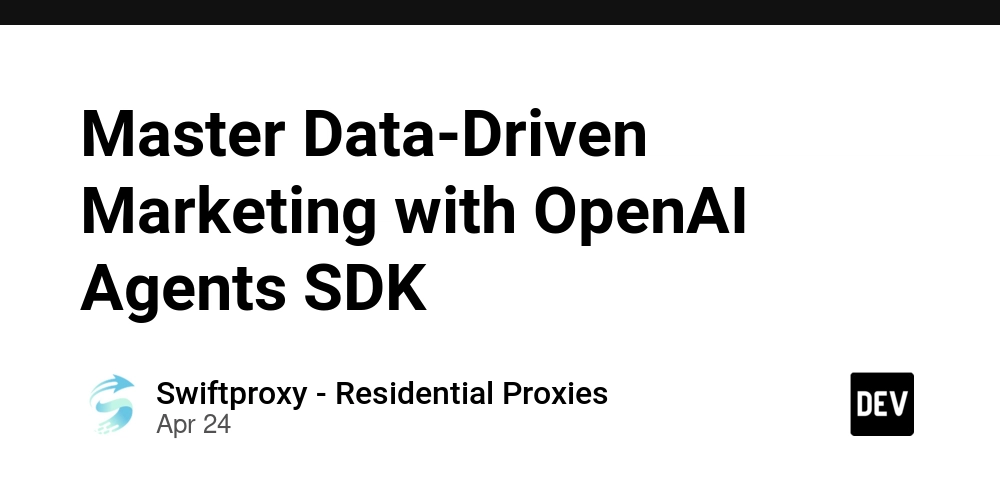How to Update, Delete, and Get Details of Salesforce Cases with the Salesforce Service Cloud API
Struggling to manage your Salesforce Service Cloud cases efficiently? This guide dives into using the Salesforce Service Cloud API to update case statuses, delete obsolete cases, and retrieve detailed case information. Learn how to interact with your Salesforce data programmatically, optimizing your workflow and improving customer support.
Effortlessly Update Salesforce Case Status via API
Keep your Salesforce cases current by updating their status using the API. No more manual updates, just streamlined efficiency!
- Endpoint:
PATCH /services/data/v60.0/sobjects/Case/{CaseId} - Action: Modifies the
Statusfield of a specific case. - Benefits: Automate status transitions, ensuring accurate case tracking and reporting.
Example Scenario: Automatically escalate a case's status to "High Priority" when certain keywords are detected in customer communications.
Clean Up Your Salesforce Instance by Deleting Cases with the API
Reduce clutter and maintain a clean Salesforce environment by deleting unnecessary cases through the API.
- Endpoint:
DELETE /services/data/v60.0/sobjects/Case/{CaseId} - Action: Permanently removes a case from Salesforce.
- Important: Deleting a case is irreversible. Use with caution!
When to Delete: Remove duplicate cases, test cases, or cases that are no longer relevant to your business.
Quickly Retrieve Salesforce Case Details Using a Case Number via API
Need to find information about a specific case? The API allows you to retrieve detailed case information using the case number. This provides quick access to critical information without manually searching through Salesforce.
- Endpoint:
GET /services/data/v60.0/query - Action: Executes a SOQL query to find a case by its case number.
- Query Example:
SELECT Id, CaseNumber, Status, Subject, Description FROM Case WHERE CaseNumber = '123456'
Use Case: An agent receives a call and needs to quickly access the case details using the provided number.
Understanding the Salesforce Service Cloud Case Update Request and Response
The Salesforce Service Cloud API provides structured responses to facilitate smooth integration. Knowing common response codes can significantly help you develop applications faster.
- 204 (Success): Indicates a successful update or deletion of a case.
- 400 (Bad Request): Occurs when the input is invalid (e.g., malformed Case ID)
- 401 (Unauthorized): Authentication is required. Ensure your credentials are correct.
- 404 (Not Found): The specified Case ID does not exist. Double-check your ID!
Practical Tips for Implementing Salesforce Case Management API.
Here's how to seamlessly integrate the API into your workflows:
- Start with Authentication: OAuth 2.0 is the recommended method.
- Rate Limits: Be aware of Salesforce API governor limits to avoid errors.
- Error Handling: Implement robust error handling to catch issues like invalid IDs or authentication problems. Consider these best practices for efficient Salesforce Service Cloud Case management using the Salesforce API. Leverage these endpoints to build robust integrations and streamline your customer support processes.




















